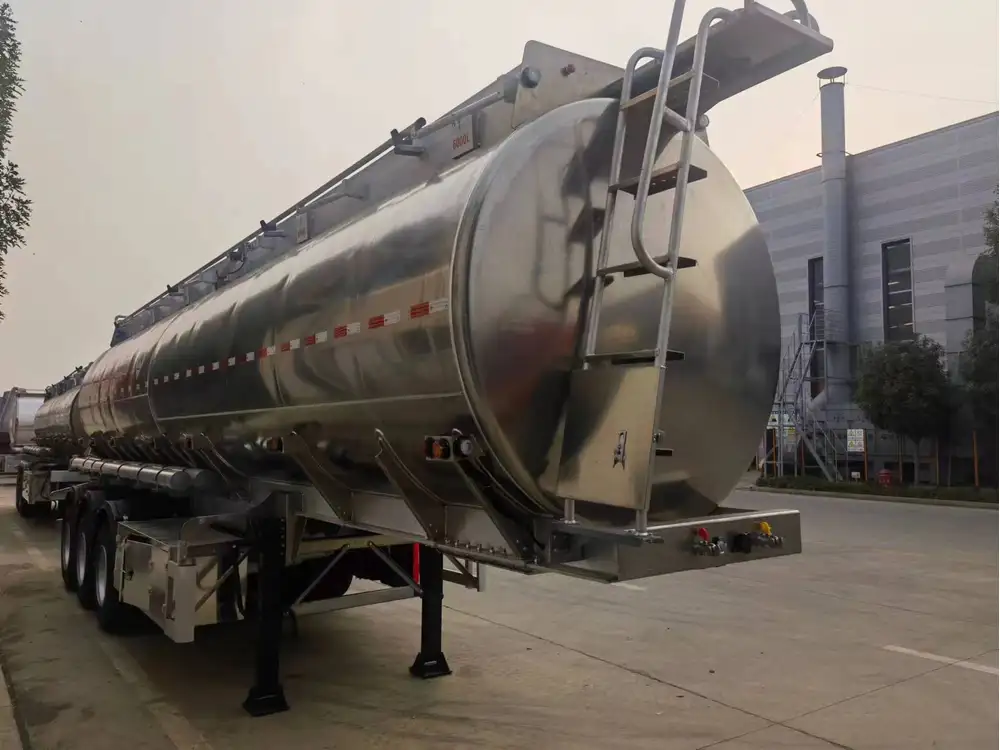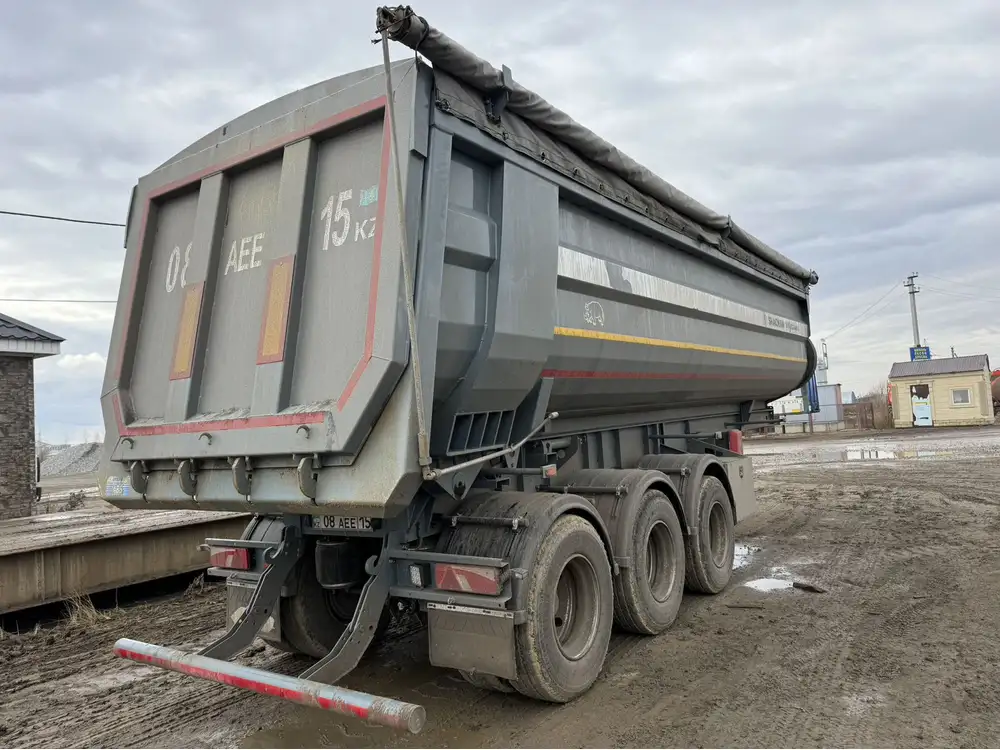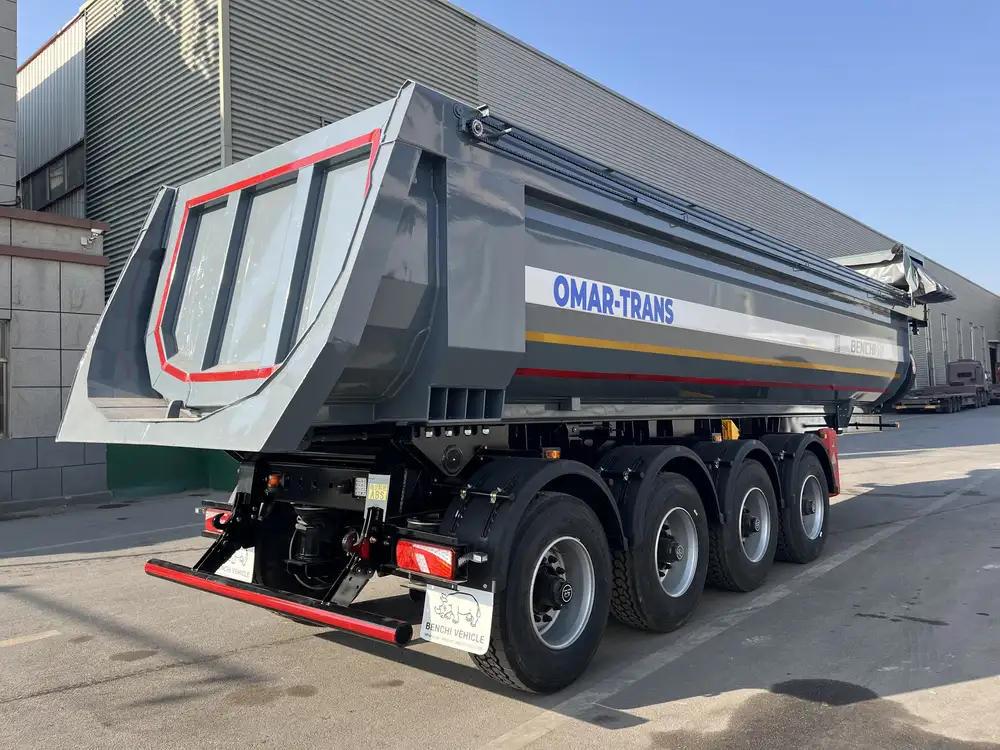In the world of logistics and transportation, understanding the capacity of gas tankers is fundamental. The size and efficiency of a tanker can significantly influence the supply chain’s effectiveness, fuel costs, and environmental impact. This article examines the various types of gas tankers, their capacities, and the detailed factors that affect their performance and operational efficiency.
The Basics of Gas Tanker Design
Gas tankers are specifically engineered vessels optimized for transporting liquid fuel, including gasoline, diesel, and other petroleum products. They come in various sizes, and their carrying capacity varies based on design elements, type, and regulatory standards. Here’s a look at the most common tanker types:
| Tanker Type | Capacity Range | Typical Use |
|---|---|---|
| Small Tankers | 5,000 – 20,000 gallons | Regional transport of fuels |
| Medium Tankers | 20,000 – 50,000 gallons | Intermodal transportation |
| Large Tankers (coastal) | 50,000 – 150,000 gallons | Coastal operations and storage |
| VLCC (Very Large Crude Carrier) | 250,000 – 2,000,000 gallons | Long-distance ocean transport |
Factors Influencing Gas Tanker Capacity
Design Specifications
The dimensions and design of a gas tanker significantly affect its volumetric capacity. Engineers design these vessels with optimal tank shapes to maximize the volume and minimize the structural complexity. The geometry of the tanks must comply with maritime regulations set by governing bodies, emphasizing safety and stability.Cargo Type
The type of fuel also determines how much can be transported. High-density fuels may require more robust tanks, limiting the total volume due to weight restrictions. For example, a gasoline tanker may hold fewer gallons compared to a diesel tanker of the same size, simply due to the physical properties of the fuels.Regulatory Requirements
Different jurisdictions have unique regulations governing the transportation of hazardous materials. These include restrictions on how full a ship can be loaded to maintain stability and safety. Operators must adhere to these regulations, impacting effective capacity.Operational Efficiency
The operational strategy employed by companies can further define capacity use. Efficient loading and unloading processes, along with well-planned distribution routes, enhance the effective capacity utilized by a tanker during operations.

Types of Gas Tankers and Their Capacities
To grasp the full scope of gas tanker operation, it is vital to differentiate between various types and their specific fuel capacities:
1. Small Tankers
Small tankers, often referred to as “tug and barge” systems, have capacities ranging from 5,000 to 20,000 gallons. These tankers are typically used for regional transport, delivering fuel to local distribution stations. They are versatile and can navigate rivers and shallow waters with ease.
2. Medium Tankers
Medium tankers capture a broader capacity range of 20,000 to 50,000 gallons. These vessels are more sophisticated. They often serve intermodal transport, linking sea and land-based distribution channels. An essential feature of medium tankers is their ability to handle various grades of petroleum.

3. Large Tankers
Large coastal tankers, with capacities exceeding 50,000 gallons, dominate the market for bulk fuel transportation. They operate along coastal routes and provide crucial services in transferring fuel between different distribution hubs. The tank design usually includes multiple compartments to carry various fuel types simultaneously.
4. VLCCs (Very Large Crude Carriers)
These maritime giants can hold between 250,000 to 2,000,000 gallons of crude oil. While primarily designed for transporting crude oil, adaptations allow for subsequent configurations to handle refined products, catering to global trading routes. Their enormous capacity minimizes the frequency of trips, optimizing the cost per gallon delivered.
Detailed Calculation of Fuel Capacity
To understand the specific fuel capacity a gas tanker holds, we must delve into the specifics of volume calculations.
- Volume Calculation Formula:
Volume (in gallons) = Length x Width x Height x Tank Efficiency
Each dimension must correlate with internal tank measurements, accounting for the tank’s shape and structural components.

Example:
A medium-sized tanker measuring 150 feet in length, with a width of 30 feet, and an internal height of 12 feet, with an estimated tank efficiency of 85%:
[ \text{Volume} = 150 \text{ ft} \times 30 \text{ ft} \times 12 \text{ ft} \times 0.85 ]Converting cubic feet to gallons (1 cubic foot = 7.48 gallons):
[ 150 \times 30 \times 12 = 54,000 \text{ ft}^3 \text{ (cubic feet)} ] [ \text{Total gallons} = 54,000 \times 7.48 \times 0.85 = 286,402 \text{ gallons} ]Under this scenario, the medium tanker could hold approximately 286,402 gallons, subject to regulatory considerations and safety measures.
Industry Trends Affecting Gas Tanker Capacities
The transportation sector is rapidly evolving due to technological advances and sustainability demands. Some noteworthy trends influencing gas tanker operations include:
1. Environmental Regulations
As the world concentrates on lowering carbon emissions, stricter measures governing fuel emissions during handling and transportation are becoming prominent. New technologies such as alternative fuels and retrofitting of existing fleets are essential for compliance.

2. Technological Innovations
Automation and real-time tracking have arrived in the tanker industry. Sophisticated software solutions enable companies to optimize routes, reduce fuel waste, and improve overall efficiency. Additionally, advanced materials are increasingly being used in tanker construction to enhance safety while maximizing capacity.
3. Economic Fluctuations
Global economic conditions affect petroleum demand and supply chains. Gas tankers operate within these fluctuations, adjusting their operational strategies accordingly. Recessions trigger reduced transportation needs, while economic booms require expanded operations, altering tankers’ roles in fuel distribution.
Conclusion: Making Informed Decisions About Gas Tanker Capacities
The exact capacity of a gas tanker can be understood through various lenses, each dependent on design specifications, regulatory constraints, and market dynamics. Companies must stay informed about current trends in fuel transportation to adapt successfully. Effective planning, compliance with safety regulations, and understanding specific tanker capabilities are essential for maximizing efficiency and minimizing costs.

FAQs
Q1: How do I determine the correct size of a gas tanker for my business needs?
A1: Start by analyzing your expected transportation volumes and distances. Additionally, consider regional regulations and infrastructure when assessing options.
Q2: Are there safety considerations when transporting fuel?
A2: Yes, safety regulations dictate loading, unloading, and the handling of fuels to minimize risks. Routine inspections of tankers are mandatory to ensure compliance and safety.
Q3: How can technology improve tanker operations?
A3: Automation, real-time monitoring, and upgraded materials can boost safety, enhance fuel efficiency, and streamline logistics processes.
By understanding these complexities and leveraging insights on gas tanker capacities, businesses can optimize their fuel transport strategies, ensuring they meet the demands of a dynamic market while adhering to essential safety and efficiency standards.



